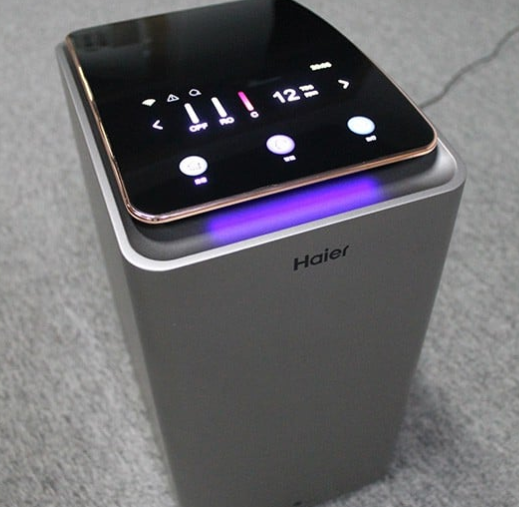In product development, prototyping refers to creating a preliminary model or sample of a product to test its design and functionality before moving on to full-scale production.
"Right prototyping technology" refers to using appropriate tools and methods to create prototypes that accurately represent the desired design and function of the final product. Rapid Prototyping services are high in demand If given in a good way.
Some common prototyping technologies include 3D printing, CNC machining, laser cutting, and injection molding. Choosing the right technology for prototyping is crucial to ensure that the resulting prototype is functional, durable, and accurate in representing the final product.
Choosing the right prototyping technology can significantly impact the efficiency and effectiveness of the product development process.
The key is to select the technology that provides the best balance of accuracy, speed, and cost-effectiveness for the project.
By considering these steps, you can choose the right rapid prototyping technology for your project and ensure you can quickly and efficiently create high-quality prototypes.

Before you begin researching different rapid prototyping technologies, it's important to define the requirements for your project clearly. Following factors such as the size and complexity of the prototype, the materials you will be using, and any specific features or functionality you need to test.
The right energy storage system will be environmentally friendly, with minimal environmental impact. This includes factors such as the materials used in the system, the system's energy efficiency, and its overall carbon footprint.
Once you clearly understand the requirements, begin researching different rapid prototyping technologies that are available. Some common options include 3D printing, CNC machining, laser cutting, and injection molding.
Rapid prototyping technologies can vary significantly in cost, that's why it's important to consider your budget when choosing a technology. Determine how much you are willing to spend on the prototype, and then evaluate different technologies based on their cost and the quality of the prototypes they can produce.
Rapid prototyping is all about speed, so choosing a technology that can deliver prototypes quickly is important. Evaluate the speed of each technology you are considering, and choose one that can produce prototypes within your desired timeframe.
Some rapid prototyping technologies require specialized knowledge and expertise to operate effectively. Consider whether you have the necessary expertise in-house or if you will need to hire a specialist to operate the equipment.
Once you have narrowed your options to a few key technologies, consider testing them to see how well they work for your project. You may want to create a small-scale prototype using each technology to see how it performs regarding quality, speed, and cost.
In short, selecting the right residential rapid energy storage system is critical to ensuring you access reliable, safe, and efficient energy storage that meets your specific needs and goals. It can help you save money on energy costs and reduce your carbon footprint. You can get the best Rapid Prototyping service from us.
By continuing to use the site you agree to our privacy policy Terms and Conditions.